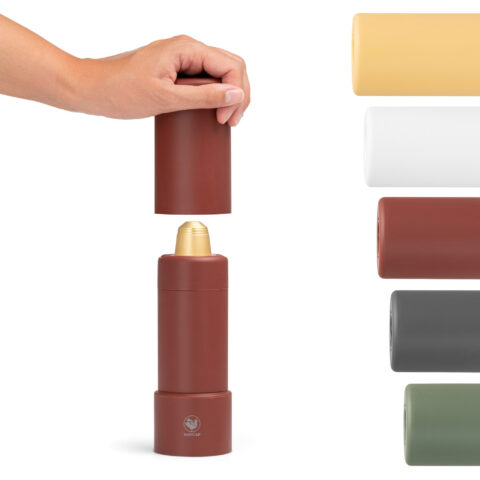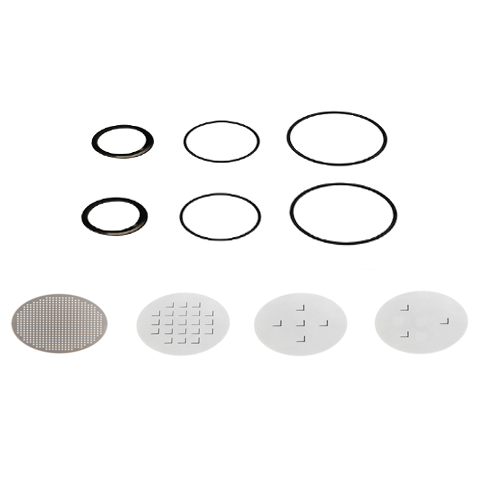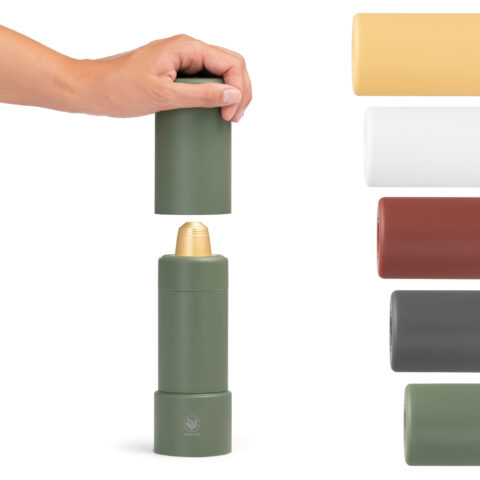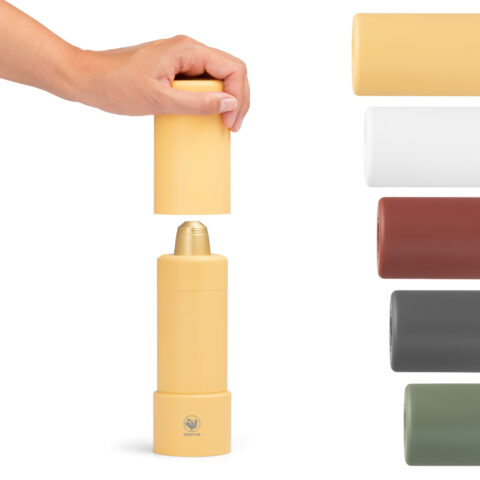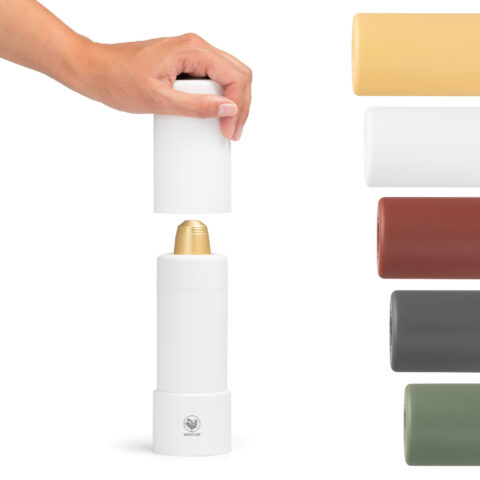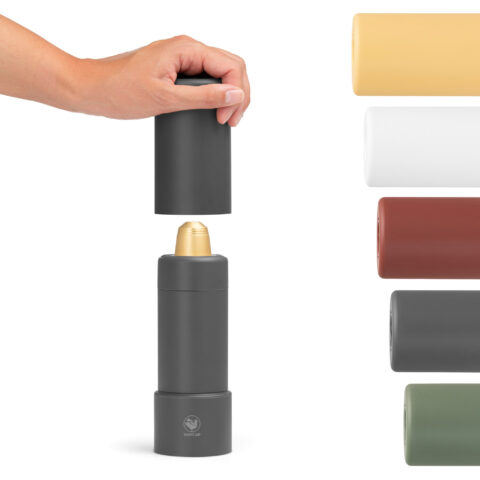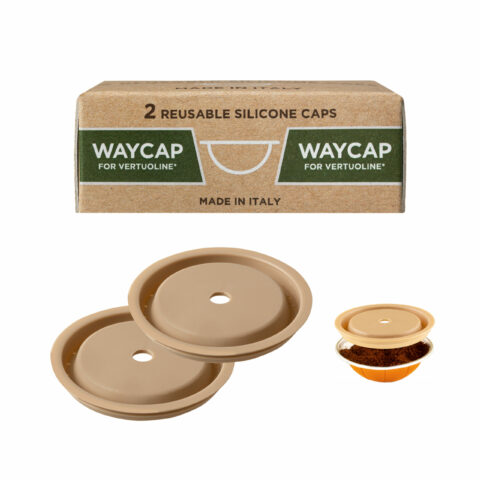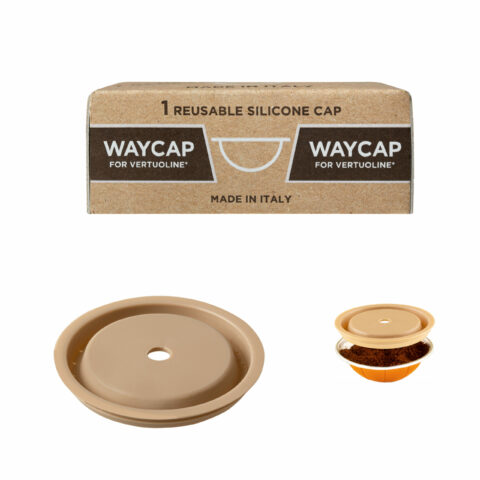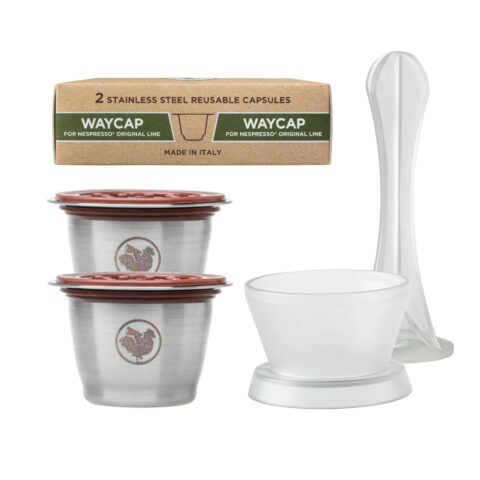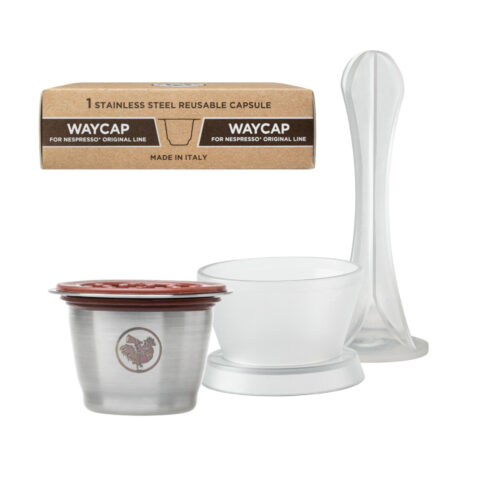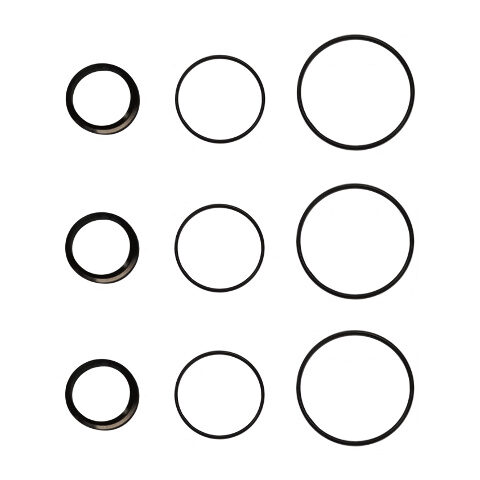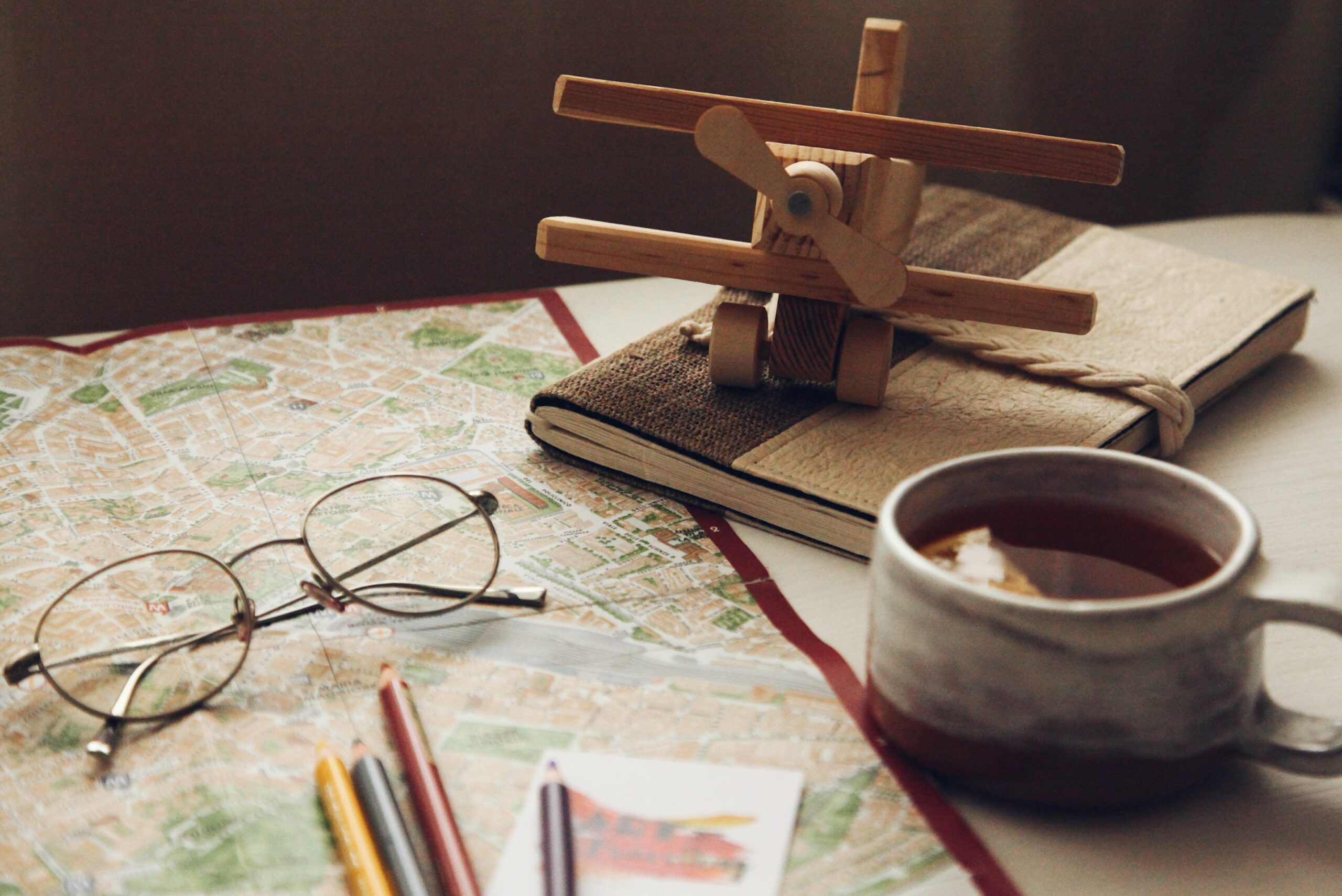
How do people in different countries drink coffee?
Whether you’re travelling to another hemisphere or just going to a neighbouring country, try out the local coffee culture.
Coffee is one of the most beloved beverages in the world, but everyone likes it a bit different. Some have it iced, some piping hot, others with a bit of condensed milk or spices. Each country has its own way of preparing and drinking it.
Also from our blog: What a strange coffee! Kopi Luwak, the infamous poop coffee.
Click on the images below to discover some of the wonderful coffee rituals and traditions around the world!
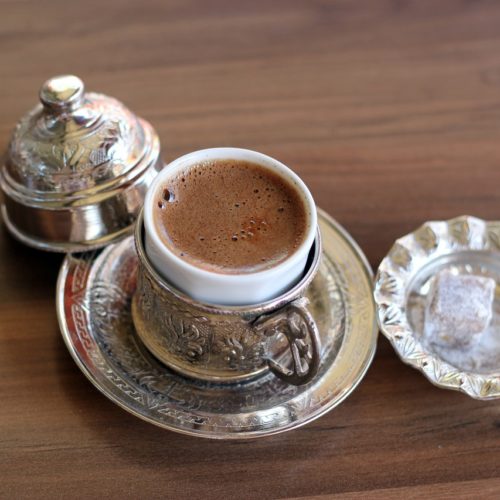
Turkish coffee is a thick, foamy beverage served in small cups, usually with a glass of water. The methods of preparations are passed on in the family.
Basically, a finely ground powder of freshly roasted beans is mixed with sugar and slowly brewed over the stove in a pot called cezve.
It plays a big role on social occasions such as engagement ceremonies and holidays. It is mainly drunk in coffee-houses where people meet to converse and exchange news.
When you finish drinking, the coffee grounds left at the bottom of the cup may be used to tell a person’s fortune.
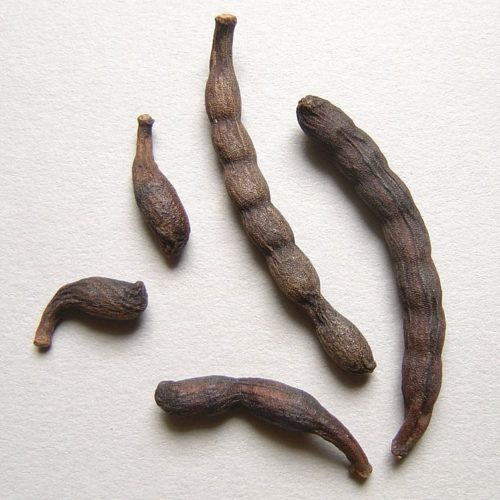
Coffee has often been used to help stay awake through the recital of prayers (one of the first uses apparently) and this coffee adds even more of a kick with the addition of Grains of Selim: an African black pepper, known in Wolof as djar.
You can enjoy it for breakfast from street stalls where vendors mix it acrobatically in recognisable pink cups, while entertaining their clients with anecdotes and stories.
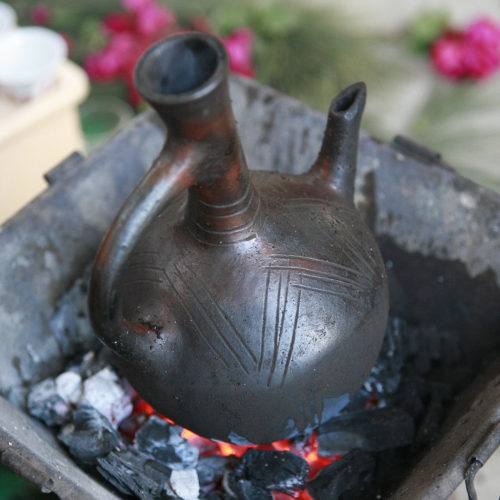
The whole process can be long and involves roasting the green beans over hot coal in a brazier, then coarsely grinding them in a wooden mortar with a pestle and finally boiling them in a clay vessel with a long neck called, jebena. Then it is transferred to another container where it boils again.
After serving, the grounds can be reused up to three times.
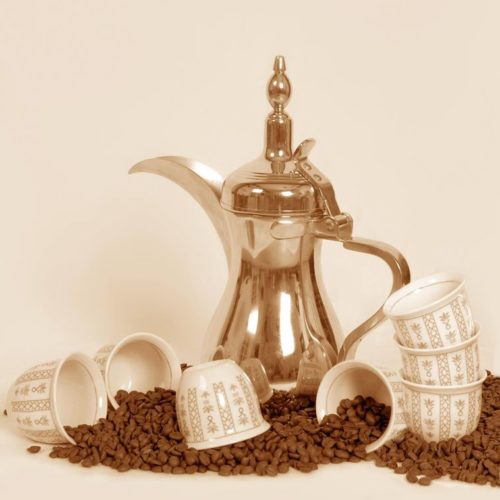
Like Turkish coffee, UNESCO has included it in the List of the Intangible Cultural Heritage of Humanity for its relevant social role in Arab society: it is indeed a symbol of generosity and hospitality.
But do not confuse it with Turkish coffee: they are two very different drinks!
Arab coffee is a clear and golden drink, often infused with spices such as cardamom, cloves, cinnamon, and saffron. It is served in a demi-tasse with dates, dried fruits or nuts.
It is usually enjoyed in the house and traditionally the whole process of preparation is performed in front of the guests: the roasting, grinding and brewing.
Moreover, the host will follow a serving etiquette: the most important or oldest guest first, filling only one-third of the cup, called finjan. It is polite to drink at least one cup but not more than three and guests can show they are done by shaking the cup.
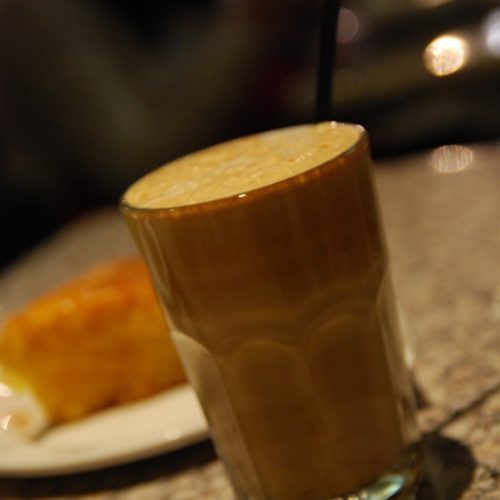
In 1957, Dimitris Vakondios was in Thessaloniki at the International Trade Fair working for Nestlé. They were introducing a new chocolate beverage which was produced using a shaker. While on a break, wanting to drink his usual Nescafé Classic, he couldn’t find any hot water, so he mixed his instant coffee with some cold water in the shaker.
And Frappé was born!
It’s a foamy, iced drink, the ancestor of Frappuccino. Water, instant coffee and sugar are rapidly mixed in the shaker and served in a tall glass on ice. Some evaporated milk might be added. Apparently, instant coffee, very low on oils, is essential for a thick and stable foam that make it feel like an espresso crema.
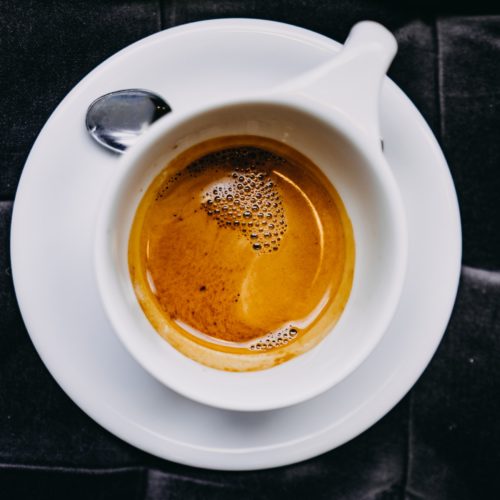
Espresso is made by forcing pressurised hot water through a handful of coffee powder producing a short, concentrated drink. Invented at the beginning of the 20th century, it was perfected in 1947 when it acquired its top layer of crema.
Now espresso is used in many different drinks all around the world, but in Italy the drink takes around 30 seconds to make and the expert barista rapidly serves the customers standing at the bar who often down it in one shot.
Every municipality has to impose a maximum price for espresso, considered as a basic need which must be available, thus affordable, to anyone. With a warning: they will charge you more if you’re sitting at a table.
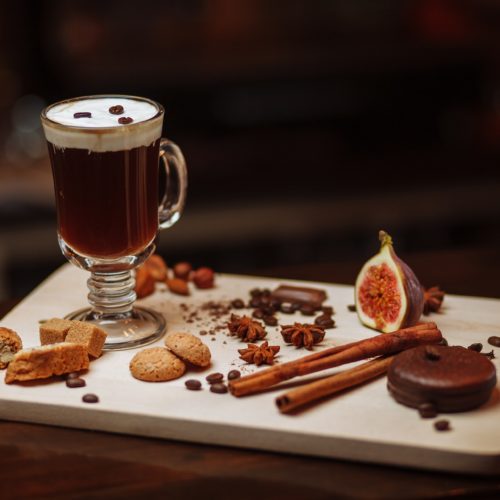
In 1942, if you wanted to go from Europe to the states by plane you had to take a flying boat from Foynes, on the Irish west coast, to Botwood, Newfoundland, and then you could go off to New York or something like that.
One night, a flight on this route had to go back to base due to bad weather conditions— which was not unusual. For the cold passengers back from their miserable half journey, the Restaurant of the airport was to prepare food and drink.
So, Chef Joe Sheridan, who was Irish after all, had the great idea to add something a bit stronger to the coffee he was serving to warm up the passengers. Somebody asked him “Is this Brazilian coffee?” to which he answered “No, that’s Irish Coffee!"
Hot coffee, Irish whiskey, sugar, topped with thick cream, who wouldn’t love that after a rainy day?
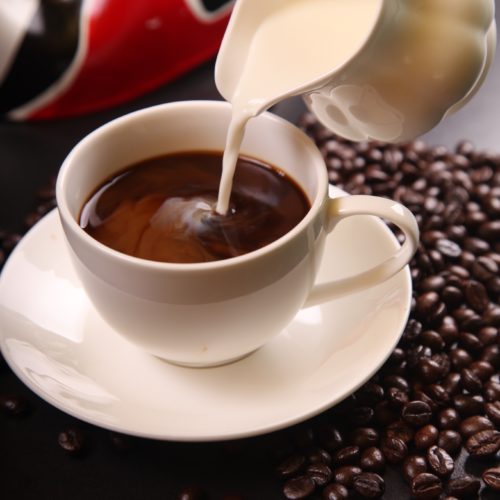
Coffee first arrived in France in the 1600s through Turkish mariners in the port of Marseille. While in the beginning the bitter taste was reduced by adding sugar or honey, soon people started diluting it with milk instead.
In 1685, Doctor Monin from Grenoble was praising the virtues of this chocolate-tasting drink to stop the cough and fatten the ill, its properties far increased if the drink was hot.
Apparently, by the 18th century, café au lait had become the object of a true craze and would soon be at everyone’s breakfast table.
Do switch to simple coffee after breakfast time!
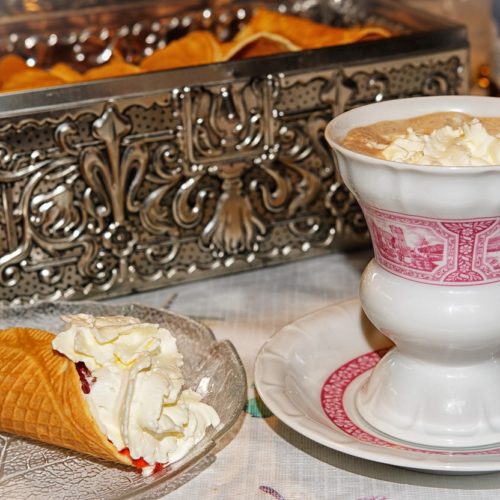
The incredible coffee-house culture began at the end of the 17th century when the Armenian spy Deodato, founded the first coffee house in Vienna. However, locals still attribute the achievement to Jerzy Franciszek Kulczycki, an officer in the Polish-Habsburg army who liberated the city from the Turkish siege.
Soon after, he started serving the drink - apparently dressed in Turkish attire - with an addition of sugar and milk to make the bitter beverage more agreeable for his compatriots. And so it all started.
The Viennese coffee house is described as a place “where time and space are consumed, but only the coffee is found on the bill”. In fact, it has always been a place to spend long hours, reading the newspaper, exchanging news and discussing new ideas. Attended by philosophers and writers, some even had their mail sent there!
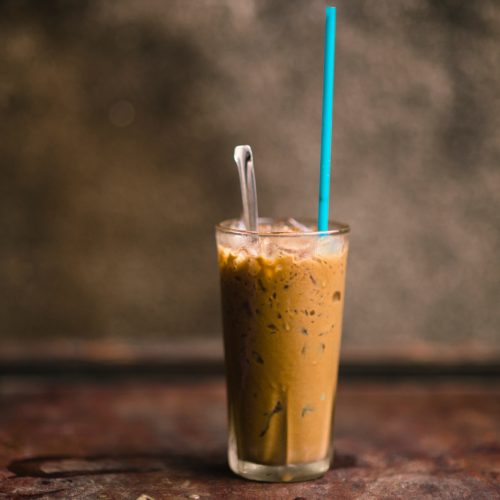
But the French idyll was soon shattered by a minor yet fundamental inconvenience: Vietnamese people did not drink milk, cows were as rare as swimming suits in the Arctic and, where milk was present, it did not last very long in the heat.
How is one to make their breakfast café au lait in these abysmal conditions? Luckily, in 1864 an American figured out a viable way to conserve milk that solved all their problems: condensed milk.
Now cafés, both casual side-street stalls and more formal indoor environments, gather people of all ages, sitting long hours in conversation. Ca Phe Sua Da (Iced Milk Coffee) is so ubiquitous, it has acquired almost a romantic status and it’s even mentioned in songs.
Its preparation is almost ritualistic: the coffee inside a filtered metal can is brewed directly on top of a glass of condensed milk, then ice is added. It takes around ten minutes, of waiting, sitting, watching the coffee dripping in the glass.
The result is a refreshing, caramel-flavoured, strong and intense coffee cutting through the sweetness of the milk, giving you respite from the afternoon heat.
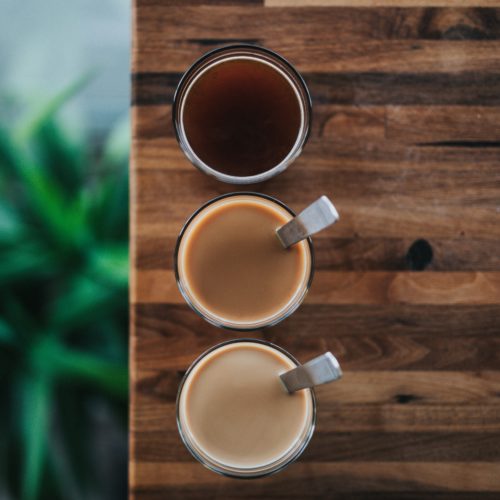
The term yuanyang refers to mandarin ducks, usually appearing as a couple, with the male and female being very different in appearance. This symbol of marital love has thus come to represent the unusual pairing of the drink.
Consumed both hot and cold, this beverage mixes coffee with a higher proportion of Hong Kong-style milk tea, that is black tea with milk (often evaporated or condensed milk).
The result, found among street vendors, is a sweet and creamy drink.
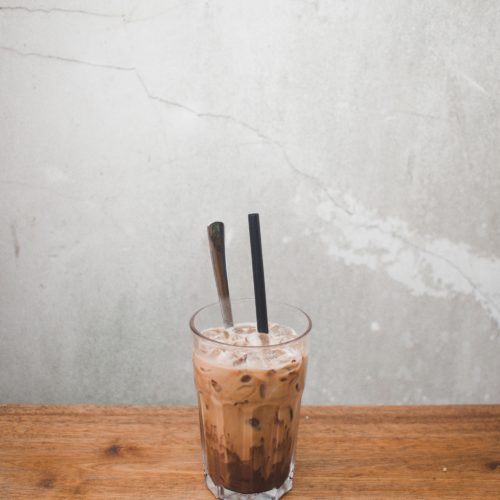
The word oleang (or oliang, oleng) comes from the Teochew dialect spoken by the Thai Chinese community, revealing its Chinese origin, and means black ice.
Traditionally, it is brewed in a sock-shaped cloth filter directly in water, also popular in Central and Latin America. It can be found at rustic restaurants or at street-side stalls.
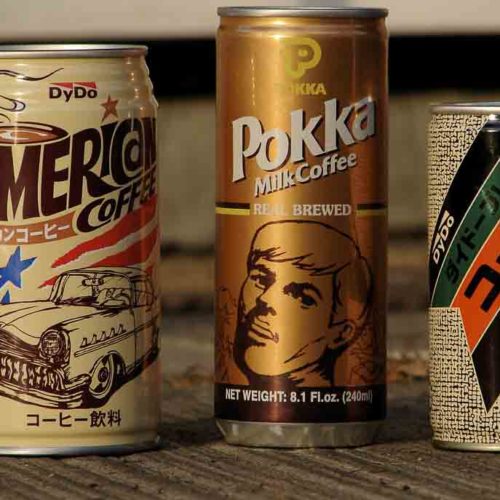
You can’t? Come on, say it out loud. That’s exactly what is it: canned coffee!
Extremely popular in Japan, it is sold for example at vending machines all around the country. When it first started to appear in the 60s and 70s, the Japanese went crazy over this stuff.
Black coffee, milk coffee, low sugar or the less common flavoured coffees are available usually in both hot and cold versions.
Cans come in a variety of colours and some seasonal versions are made as well or for special events, a fact which has created a small niche of collectors (but not a big market).
Do not sip while walking: wherever you are, just stop, have your drink and then you can move on.

The drink, prepared to boost the soldiers’ energy during the Revolution, was said to be a favourite of Emiliano Zapata, one of its leading figures.
It is made by mixing coffee with cinnamon and piloncillo, also known as panela or raspadura in other Latin countries, which is unrefined whole caned sugar.
The coarsely ground coffee beans, sometimes even left whole, blended with the other ingredients are brought to a boil inside an olla, a large clay pot. It is said this process is fundamental to give its particular flavour: rich, smooth and intense.
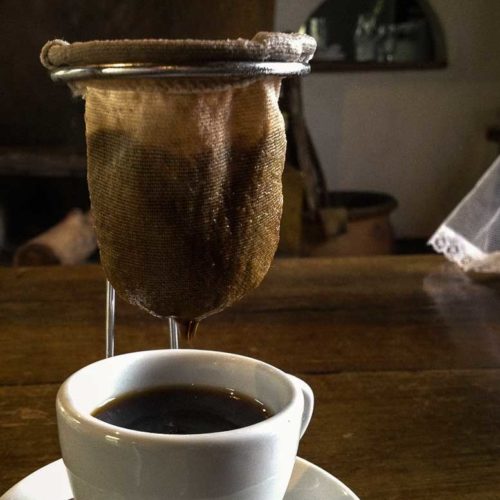
Coffee was introduced to the country by the French and by 1840 Brasil was the Top World producer and has since kept its position unchallenged. Brazilian economy and culture have been deeply influenced by this bean.
The country exports the best it has to offer, while Brazilians drink the lowest (still high quality, though) quality beans. So, you can enjoy pretty cheap coffee there.
Most locals drink their coffee with plenty of sugar to offset the bitter taste of lower grown beans and generally have it black. And cafezinho too.
Cafezinho prepared by melting sugar in just-below-boiling-point water and mixing in the coffee. Traditionally this was then poured through a “sock” drip filter made of cloth, either a hand one or on a stand. This makes for a sweet and intense brew.

